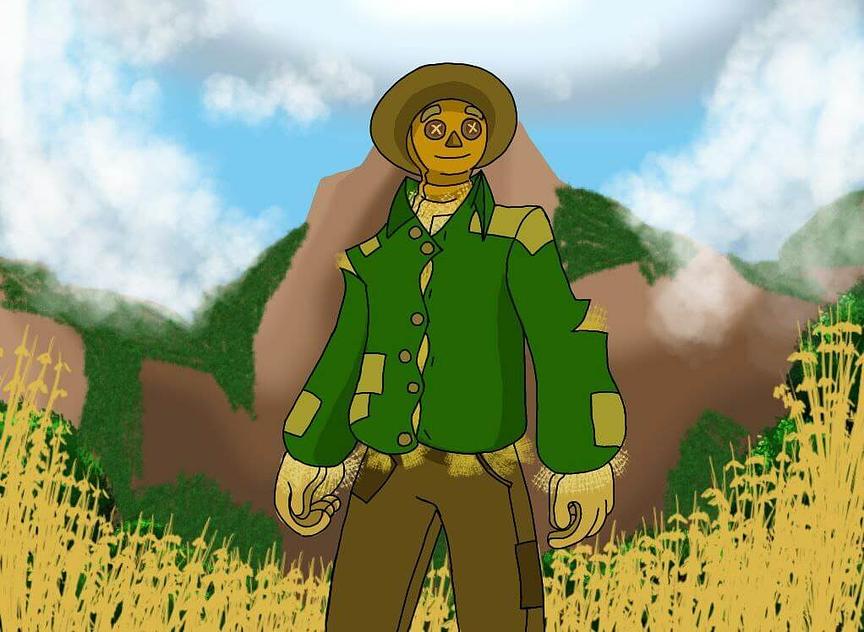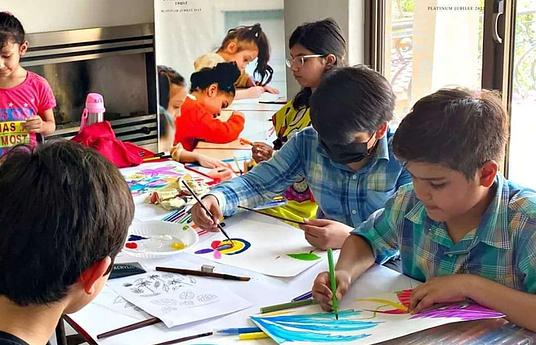Special needs individuals often experience exclusion from most activities due to the lack of available support for their specific needs or how the education community often perceives them. As a result of these, special needs students rarely join any activities that are usually reserved for non-disabled learners. This approach seeks to provide alternatives for them to participate in such activities
This project “A4GI” which stand for “Alternatives For Gifted Individuals” aims to assist these students to be able to gain equal participation in so-called mainstream activities that people only associate with non-disabled learners. These alternatives enable special needs students to communicate their ideas, express their artistic imagination and develop their talents in several disciplines. This project identified several alternatives that might help special needs learners to participate in art activities and to a lesser extent, academic and business activities. We train the special needs learners on how to harness sign language, physical objects, voices, and multimedia skills so they can showcase their talents through performing arts and visual arts or pitch their ideas and innovative projects in competitions. We initially started with sign language poetry and elevator pitch as well as animated storytelling before venturing into pantomime, radio play, puppetry, comics and paintings.
This project has enabled our special needs students to take part in various art an literary festivals where they have won multiple accolades. Their achievements have gained national interest and we have received many requests from teachers to conduct workshops or organize sessions to talk about this project. We have done several virtual talks with some special education teachers. We have presented this project to the Special Education department of our Ministry of Education after receiving their invitation to do so. In the next 3 years, our goal is to strengthen the practicality of these alternatives by testing more techniques and platforms to identify how well each alternative works. It is our goal to introduce these alternatives across schools in Malaysia through workshops and talks.
If you plan to apply this, you need to identify the specific needs of the students and this can be like difficulties with oral interaction, difficulties with eye contact and difficulties with vision. Once you identify the need of an individual student, you then choose the alternative that meets this need and begin mentoring the student to work on their skills based on the specific alternative.



